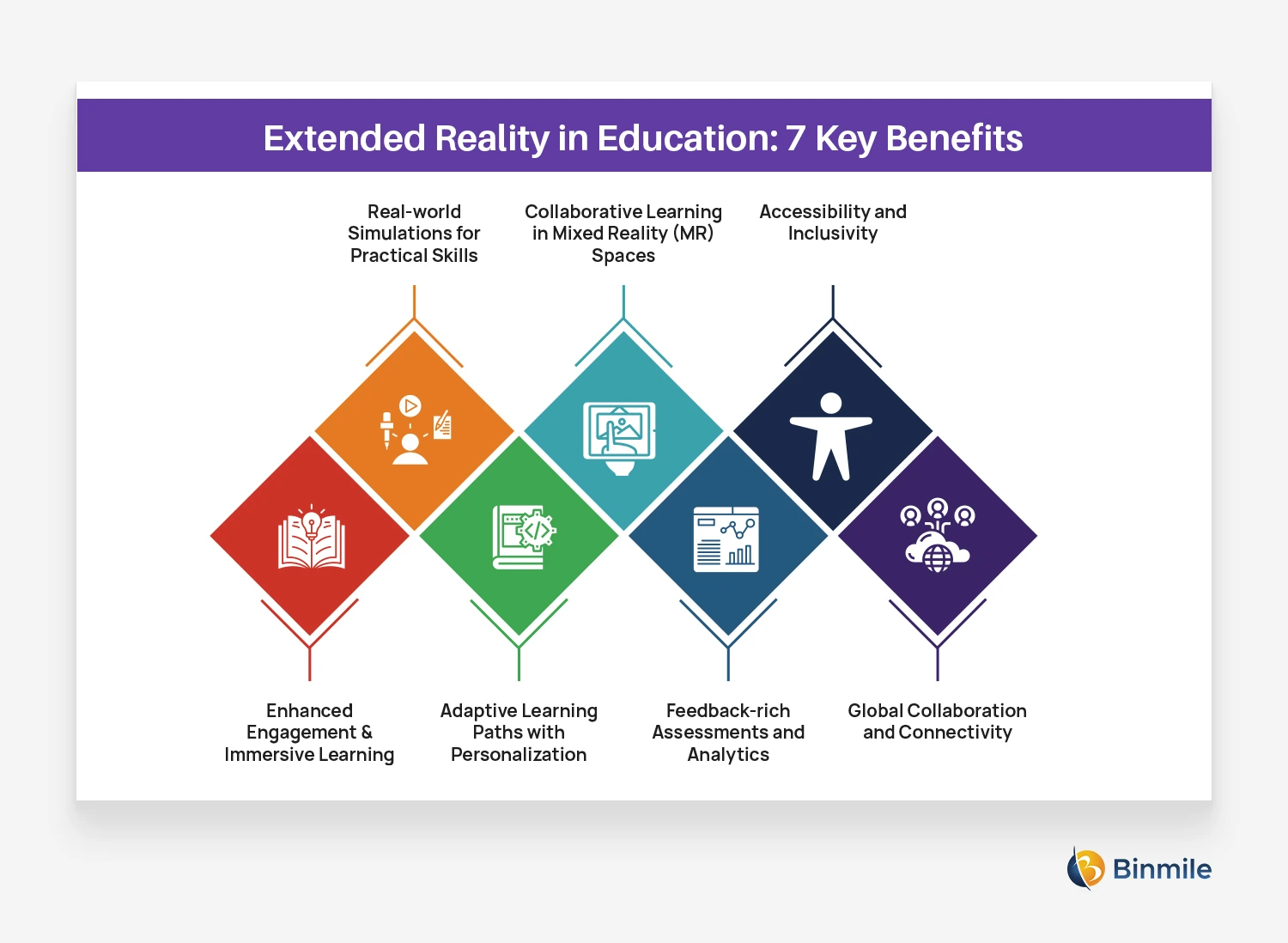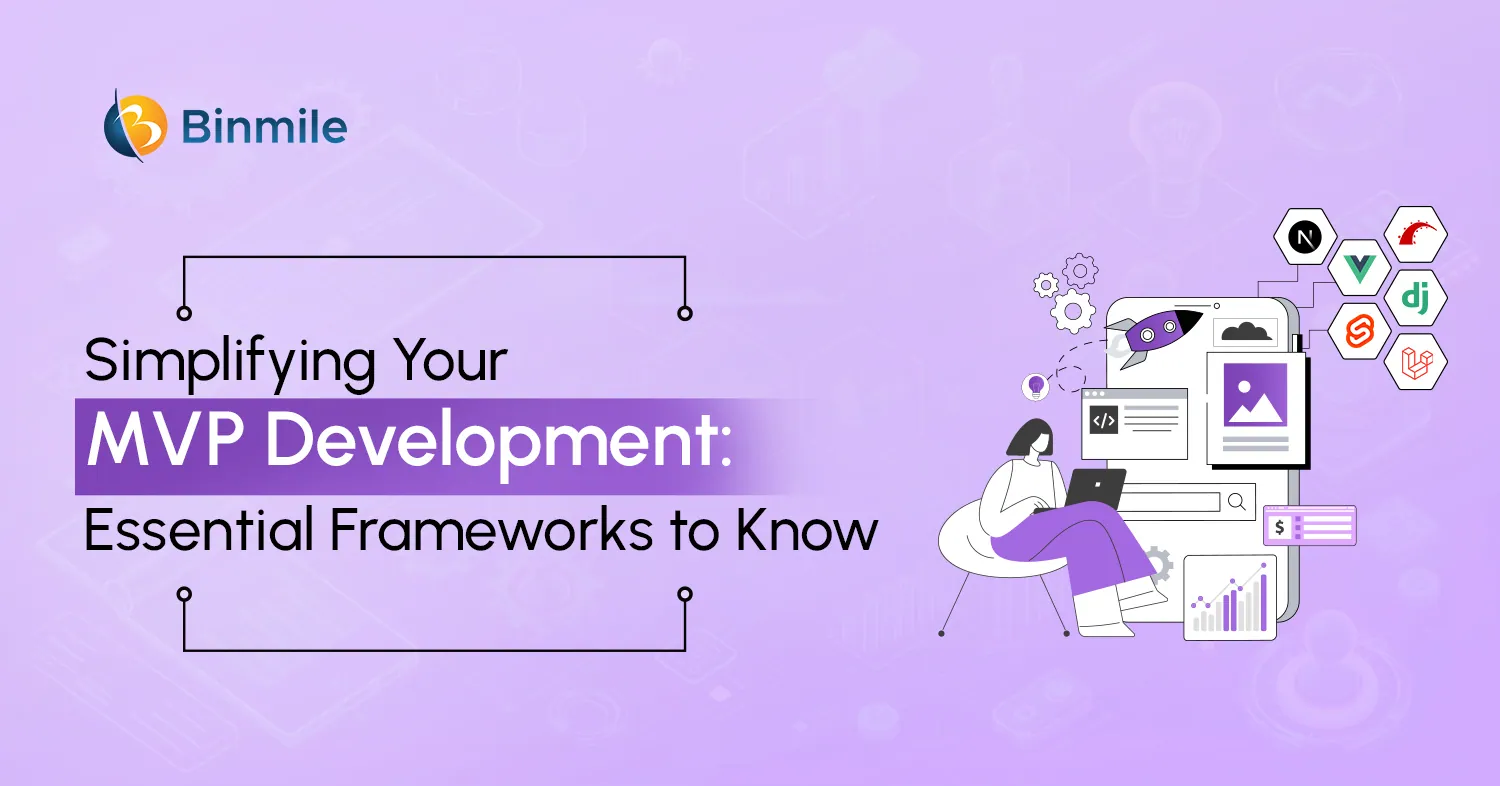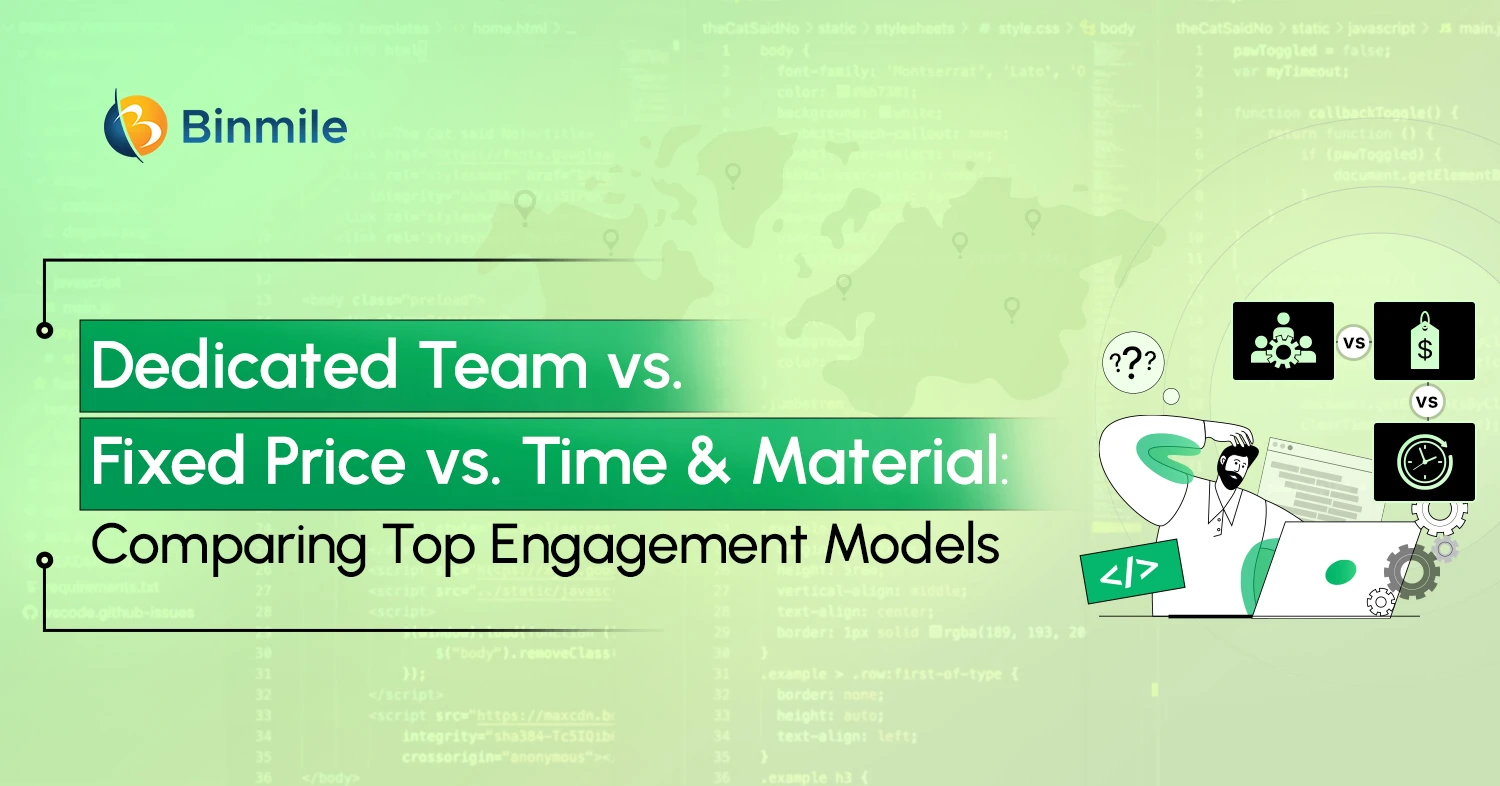- 7Ways Extended Reality is Revolutionizing Education
- Extended Reality in Education
- How Extended Reality is Revolutionizing Education
- How to Integrate XR Technologies in Education
- Impact of Extended Reality in Education
- Integrate XR Technologies in Education
- Step by step guide to Integrate XR Technologies in Education
- Ways Extended Reality is Revolutionizing Education
Can you imagine a classroom where students learn about how dinosaurs went extinct? Experience the wilderness of the Amazon forest and or witness how photosynthesis works without leaving their seats. Maybe not 5 years ago but today, it is possible. Extended reality in education has and is reshaping the educational landscape. This groundbreaking technology is a fusion of virtual reality, augmented reality, and mixed reality to transform the traditional model of learning. Extended reality or XR offers learners a tech-based learning approach, infused with immersive visuals and 3D experience to enhance their learning and boost their retaining power.
Post the pandemic, the world has seen how online learning makes education more immersive, interactive, and accessible to all. Naturally, there’s a surge in software development trends and technologies that can take forward this movement. A recent study revealed that by 2035, the global XR market is projected to soar to a staggering $1,246.57 Billion, growing at a CAGR of 24.2%. The increasing interest in the integration of emerging technologies such as artificial intelligence or XR in various sectors, with education at the forefront, is another step towards it. So, what is extended reality? How is it transforming education for all? And why is it garnering much attention in the educational realm? In this blog, we’ll uncover this phenomenon and help you understand the exciting prospects it holds for the future of teaching and learning.
Extended Reality in Education: What You Need to Know
Extended Reality Technology, also known as XR is an amalgamation of three technologies: Virtual Reality (VR), Augmented Reality (AR), and Mixed Reality (MR). Virtual Reality (VR) takes users on an immersive journey to entirely simulated environments, detached from the real world. Augmented Reality (AR), on the other hand, enriches the user’s real-world view by superimposing digital elements onto it. Mixed Reality or MR is the bridge between VR and AR and as the name suggests combines elements of both technologies, thus allowing real and virtual objects to coexist and interact in real time.
Let’s explore the top benefits of extended reality in education and how XR seamlessly unifies and integrates digital content with the real world.
How to Integrate XR Technologies in Education: Step-by-Step Guide
Here is a step-by-step guide for educators to integrate XR technologies, along with tips for creating effective immersive learning environments and measuring the success of immersive education initiatives:
- Identify Learning Objectives: Identify specific learning objectives and content areas that could benefit from immersive experiences. Decide which XR technology (VR, AR, or MR) aligns best with the learning outcomes you aim to achieve.
- Conduct a Technology Assessment: Evaluate the available XR technologies and tools, considering factors such as affordability, ease of use, privacy or security concerns, and compatibility with existing hardware and software in your teaching facility.
- Professional Development: Ensure educators receive proper training and professional development to effectively use XR technologies. Offer workshops, webinars, or peer learning opportunities to familiarize teachers with the devices and applications.
- Curate or Create Content: Develop teaching content that aligns well with XR and caters to the curriculum and learning objectives. High-quality and pedagogically sound content enhances the effectiveness of immersive learning management system.
- Set Guidelines and Safety Measures: Establish guidelines for XR use in the classroom, including appropriate usage time and safety precautions, this ensures students and teachers understand the responsible and ethical use of XR technologies.
Want to streamline your training or learning services with technology or modernize your current eLearning software? Our eLearning software development services can help!
Ways How Extended Reality is Revolutionizing Education: Top 7 Benefits
Here are seven ways in which XR is offering learners immersive experiences to enhance their perception and interaction with both the physical and virtual environments.

1. Enhanced Engagement & Immersive Learning
Integration of AR, VR, and interactive 3D models creates a visually enriching environment for learners. It is through AR that digital information is superimposed on the real-world environment, thus enabling students to engage with content that is relevant to the environment they are in. VR, alternatively, provides exciting learning landscapes where learners are practically taken to different places or to experience other scenarios and makes the theory-driven concepts more visual and memorable. Additionally, XR makes it possible to create 3D interactive models that allow students to play with abstract concepts in a subject like physics or chemistry, and the students can learn complex ideas hands-on. AR VR development services can further enhance these experiences by providing tailored solutions that meet specific educational needs.
2. Real-world Simulations for Practical Skills
Due to the nature of XR, real-world simulations including hands-on practice are enabled in different areas. Medical students are also able to practically do operations within a virtual ecosystem, where they get a chance to perfect their skills before performing them on human bodies. This methodology brings theory and practice closer together, enabling students to be better prepared for their professional environment.
3. Adaptive Learning Paths with Personalization
XR platforms use artificial intelligence to study private learning patterns. This improves teaching efficiency with data science and enables flexible learning trajectories, adjusting the content to the speed and preferences of each learner. Customized instruction offers targeted support to students in those areas where they need it the most and is thus conducive to specific and efficient learning.
4. Collaborative Learning in Mixed Reality (MR) Spaces
Mixed Reality (MR) involves the merging of real and virtual features, promoting collective learning aspects. A virtual space can enable geographically dispersed students to work in collaboration, undertaking projects or attempting to solve problems. This interpersonal aspect not only improves teamwork skills but also equips students with readiness for the international and integrated business ambiance.
5. Feedback-rich Assessments and Analytics
XR platforms adopt real-time feedback and performance analytics. The educator can monitor student development, pinpoint blanks, and fine-tune teaching approaches as a result. This data-driven type of evaluation guarantees that education is progressing and that continuous improvement as the engine of this dynamic is present.
6. Accessibility and Inclusivity
The XR provides an immersive environment that is fun for the students, making for a more enjoyable learning environment with features such as elements of gamification in education or interactive tasks. Being a technology means XR makes education accessible to various people removing barriers like different learning styles, or any boundaries.
7. Global Collaboration and Connectivity
XR aids international teamwork by uniting pupils and teacher practitioners from across the planet. This virtual interaction going beyond geographical distances by way of virtual classrooms, collaboration projects, and shared experiences forms the basis of global community and understanding.
Transform your EdTech offerings with innovative extended reality solutions. Explore our eLearning software development services today!
Impact of Extended Reality in Education: A Comprehensive Overview
What is XR learning? With so much happening in the AI development landscape, XR is encouraging the reinvention of education. With the help of technologies such as AR, VR, and MR, all these three extend reality by adding to or simulating the real world through digital materials. In simpler terms, XR learning develops a simulated learning environment where learners can experience and learn via complete realistic interactions with objects and people.
3 major components of XR learning: AR, VR, and MR are three driving technologies in XR, so let’s understand them.
1. Virtual Reality
Under this learners develop their skills and encounter true-to-life scenarios without facing real-world scenarios. VR training utilizes an environment made up of 360° VR (pre-recorded video) or full VR (full simulations).
- 360° VR: Places learners in a fixed position and uses an environment made of a recorded video, providing a 360° view.
- Full VR: Uses an entirely digital environment that allows learners to move freely within their virtual environment and complete realistic interactions with objects.
2. Augmented Reality
Utilizing interactive or digital elements in a live, real-world environment through a phone, tablet, or headset, AR in EdTech may use any of the following technologies:
- Image Recognition: Learners scan real-world 2D images and overlay 2D video, text, pictures, or 3D objects on them.
- Plane Detection: Places a digital 3D model on a real-world flat surface, like a tabletop or floor.
Object Recognition: Attaches a 3D digital object to an existing real-life 3D object.
3. Mixed Reality
Combining both AR and VR it blends the physical and digital worlds. This type of XR uses advanced computer technology, graphics, and input systems that allow learners to co-exist and interact with physical and digital objects in real time.
With mixed reality, learners can direct their vision 360° across an entire space and in every direction. Learners can view pictures, watch videos, and complete realistic interactions with objects and people.
Also Read: Generative AI in Education
Wrapping Up
It’s quite evident how technology has changed every facet of our lives: work, shopping, watching, and now the way we learn. Extended Reality in education has emerged as a driving force that’s developing more engaging and effective learning and teaching models. At its core, XR offers an unparalleled immersive learning experience. It bridges the gap between theoretical knowledge and practical understanding. This empowers learners to interact with and visualize complex concepts, explore, engage, and enrich their knowledge. Additionally, the potential of XR goes beyond transforming traditional education by offering more personalized, inclusive, and globally connected learning experiences by customized software solutions.
We can expect more such technologies to reshape how we learn and teach as the education sector embraces the digital age. Hopefully, this blog has helped you explore the immense potential technologies such as XR hold to propel toward us a technologically enriched education and further revolutionize the way we acquire knowledge.
Frequently Asked Questions
XR revolutionizes education by introducing immersive experiences, interactive 3D models, and adaptive learning paths, making education more engaging and personalized.
Get in touch with us to know how our eLearning development solutions ensure seamless learning experiences for both educators and students while enhancing engagement and outcomes.
Yes, XR enables real-world simulations for hands-on training in fields like medicine, allowing students to practice surgeries or experiments in a virtual environment, bridging the gap between theory and practice.
Extended reality (XR) is a universal term that consists of technologies such as virtual reality (VR), augmented reality (AR), and mixed reality (MR). We’ve spoken in length about them and how together they create an immersive learning experience.









